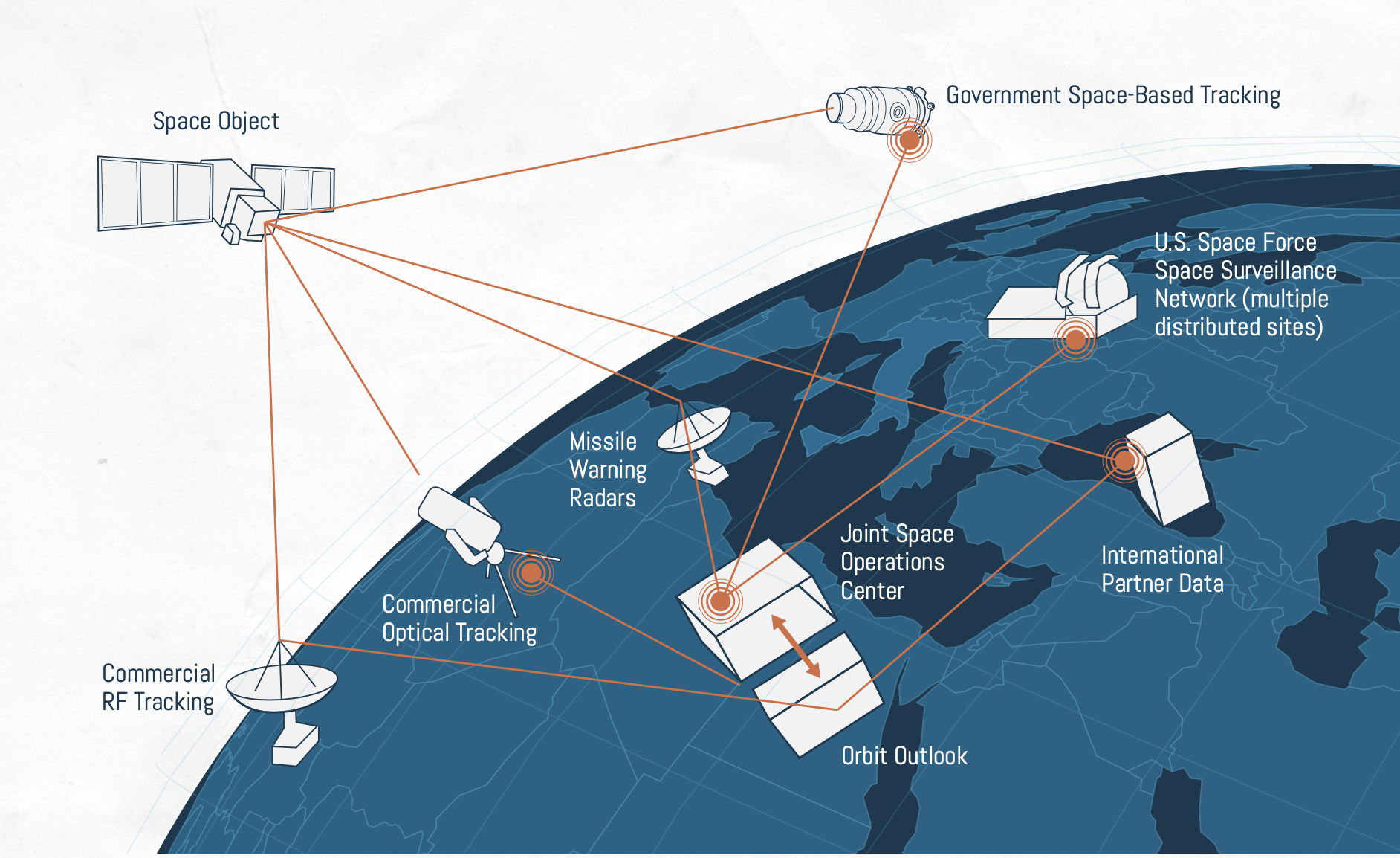Products You May Like
CSIS released a new study called “Defense Against the Dark Arts in Space: Protecting Space Systems from Counterspace Weapons.”
WASHINGTON — Nations around the world — notably China and Russia — are building arsenals of weapons that can destroy or disrupt satellites in orbit. Not much can be done to slow that trend down, but these threats can be countered with technologies and tactics, says a report by the Center for Strategic and International Studies released Feb. 26.
“If space is to remain a source of economic and strategic advantage, the United States must prioritize and expedite its efforts to improve space defenses,” states the report titled Defense Against the Dark Arts in Space: Protecting Space Systems from Counterspace Weapons, written by CSIS analysts Todd Harrison, Kaitlyn Johnson and Makena Young.
The proliferation of missiles, lasers, jammers and other anti-satellite weapons has been widely documented, but little has been said about ways to defend against these threats, said Harrison.
“What we wanted to do with this report is look at the other side of the equation. Yes, we see all these threats to space systems, but what do you do about it?” he said. On the Harry Potter-themed title, he said: “It actually fit perfectly into the Harry Potter theme. If space threats are the dark arts, then what this report talks about is defending against the dark arts.”
Harrison said CSIS embarked on this study because there has not been a lot of public discussion and debate about what it takes to defend satellites. He said it was concerning that the rhetoric from many government officials and think tanks implies that “space is not defendable.” Some have suggested that the military shouldn’t rely on space because satellites are vulnerable. “And that’s not the right answer, that that’s not a plausible answer either,” said Harrison. “We can’t just go without space. What we have to do is work on addressing the vulnerabilities that we face.”
The technologies and tactics the U.S. government uses to defend space mostly are classified, but there was enough public information from the commercial space sector and from foreign governments to put together a 45-page report, Johnson noted. The report details, for example, various types of defensive systems that can be deployed on satellites and ways to design constellations to make them more resilient against disruptions.
Some takeaways from the report:
- There is a misconception that space only recently has been militarized. Space has been a battleground since the beginning of the space age. The Russians had space-based orbital weapons going back to the 1960s.
- In workshops with space and national security experts, CSIS played out hypothetical scenarios on different types of conflicts that they may begin or extend to space. Wargaming can help frame how space defenses could be employed in the future.
- The United States needs better “space domain awareness.” That requires more investments in sensors and integration with commercial and foreign government space surveillance networks.
- The U.S. military should design proliferated space architectures that use diverse orbits. This is a powerful defensive measure that will make space systems difficult to attack and less attractive for an adversary to attack.
- The U.S. should invest in robotic systems that can grab objects in space such as an errant satellite that could collide with others or nefarious spacecraft. It should deploy vehicles that can dock with an uncooperative satellite and move it to a location where it’s not going to be a threat.
- The U.S. government should incentivize commercial space operators to put advanced defenses on their systems, make them more resistant to jamming and cyber attacks.
